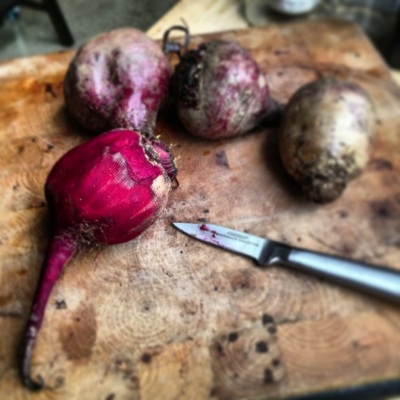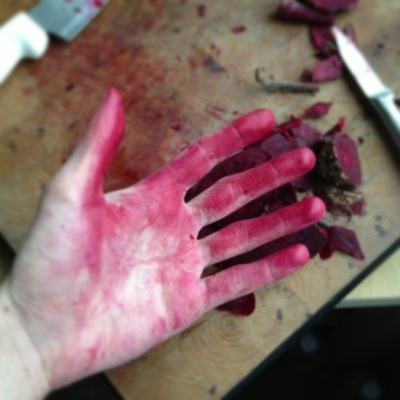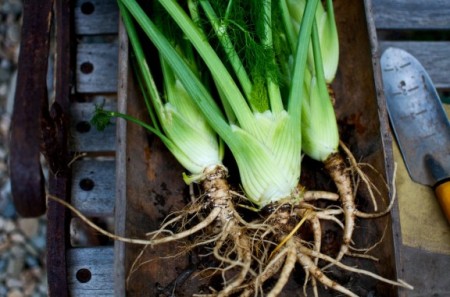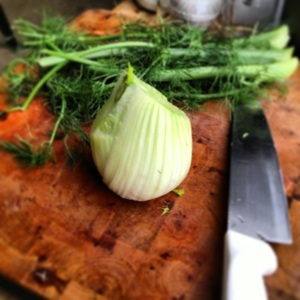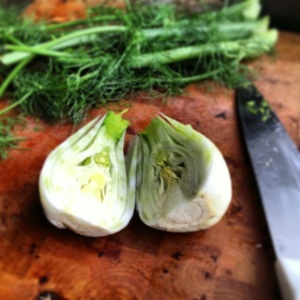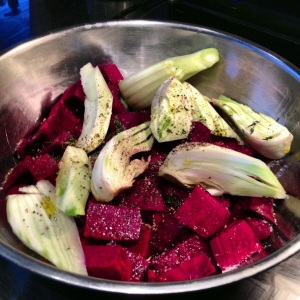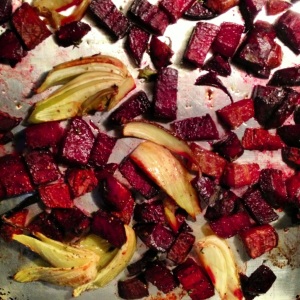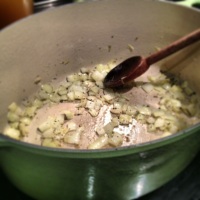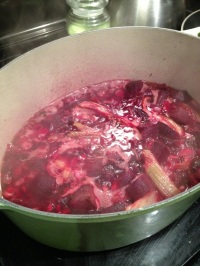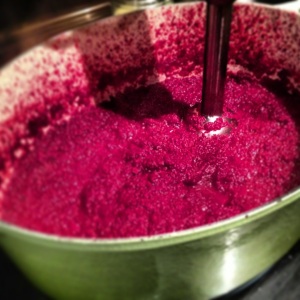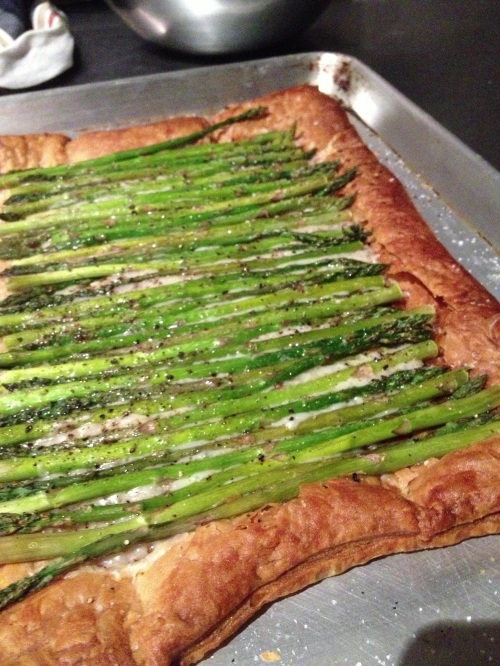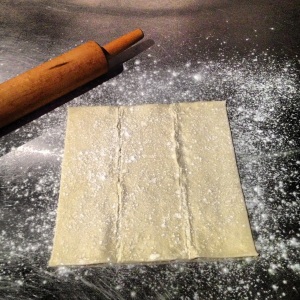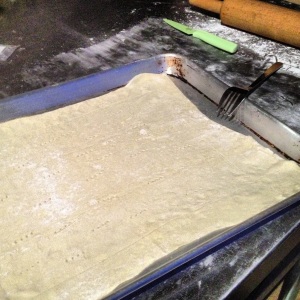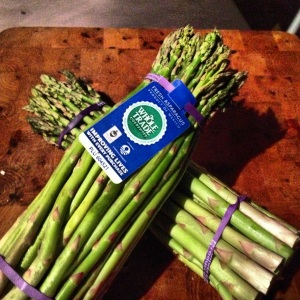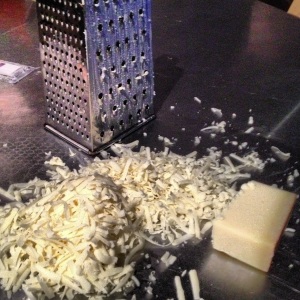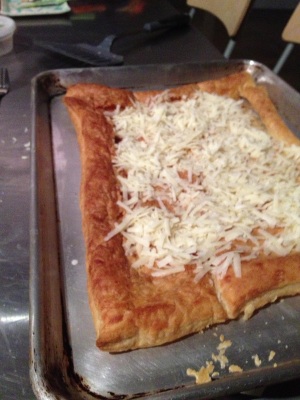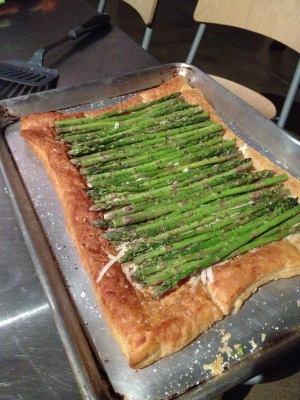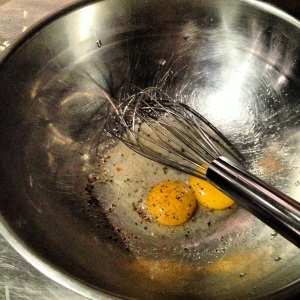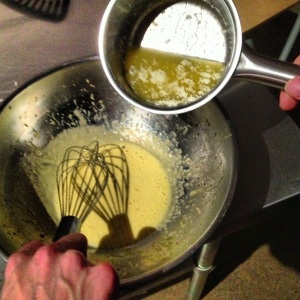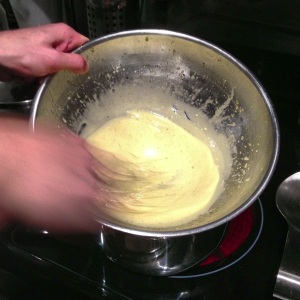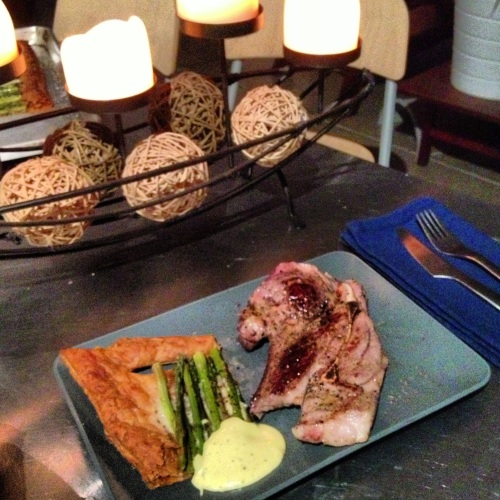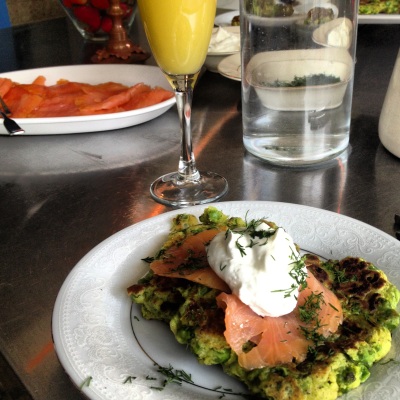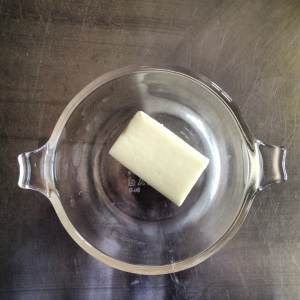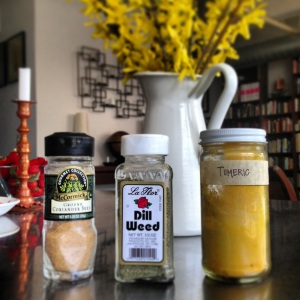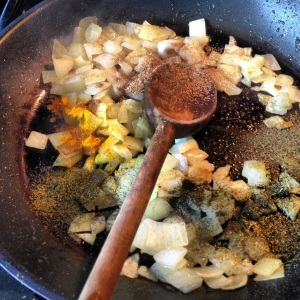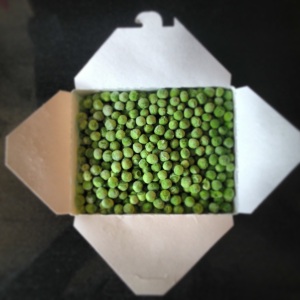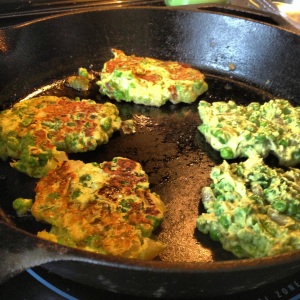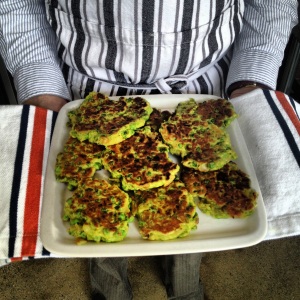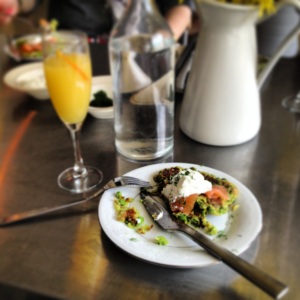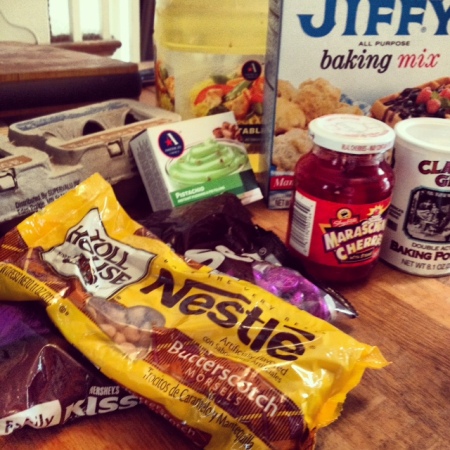 There are a few things that have to happen for it to be Christmas. There MUST be the Amy Grant 1980s Christmas album – we listened to it so often in my childhood on cassette tape in our Toyota station wagon that my brother not only have the song order and transitions committed to memory, but also the instrumental parts of each song.
There are a few things that have to happen for it to be Christmas. There MUST be the Amy Grant 1980s Christmas album – we listened to it so often in my childhood on cassette tape in our Toyota station wagon that my brother not only have the song order and transitions committed to memory, but also the instrumental parts of each song.
There also must be a Christmas tree, naturally. A fairly new tradition for me is that there must be egg nog in the fridge to add to my coffee each morning (yum). And certainly, cookies must be baked and consumed in large quantities in order for it to be Christmas.
Like the pseudo-non-traditional Christmas album choice, some of my baking ingredients pictured above may be a bit strange to some. But the sugar cookies and gingerbread men aside, the three cookies I am writing about are all tied for my favorite (along with my mother’s peanut butter fudge), and are certainly necessary components of my annual cookie pig-out.
The first two cookies have many similarities – they both involve pressing dough that has been rolled into a ball into flat discs and then adding something to the top of the cookie.
The first is strange to make, strange to look at, and strange to taste at first. They sport the green and red of the season, and are honestly the only reason I knew the word pistachio growing up. These cookies are a bit sweet (they are made with pistachio pudding – see, strange to make) and a bit savory (thanks to the Bisquick), and take literally minutes to whip up.
After combining the ingredients, the dough is rolled into balls and pressed down into discs by the bottom of a glass that has been dipped in granulated sugar. I can still picture the Charlie Brown glass that I would always use to complete this step as a child. A halved Maraschino cherry is then placed in the center before they are whisked into the oven. If you want picture-perfect cookies, try to get all the excess cherry juice off the cherries before pressing them into the cookie, or you will have red-spotted green cookies (which are even stranger to look at!)
The second cookie begins with balls of peanut butter cookie dough baked and followed by Hershey’s kisses being pressed into them as they emerge from the oven. I have altered this recipe from my childhood slightly given that I prefer the dark chocolate kisses to the milk chocolate ones.
Tips:
- Don’t bake the cookies with the chocolates already in them (let’s leave it there).
- Don’t touch the kisses until the cookies have completely cooled. Although they hold their shape, they are ever so slightly melted by the heat of the cookie that the chocolate will smear and you will have to eat it before anyone sees it (On second thought…)
The last cookie is boring in comparison, but as I said, it is not Christmas without them: butterscotch chip cookies. Yup, just substitute butterscotch chips for chocolate chips in the Tollhouse recipe (leave out the nuts, too), and that’s that!
This post gives me the chance to highlight an essential baking ingredient that we haven’t purchased in a while. After hearing Ina Garten preach about the merits of “good vanilla” (ie. real vanilla extract), she reveals in one episode that she often uses her own extract which is simply vanilla beans that have macerated in vodka (or rum) for several weeks/months. This was my first bottle, and I think I will add one more vanilla bean next time, but I have been impressed by it.
The two extremely fun times with Christmas cookies growing up were decorating the sugar cookies and being able to eat cookies and fudge for breakfast on Christmas morning while opening our presents. (I will also add beef jerky to my list of things that are necessary for Christmas as it was always in our stocking, and supplemented my all-sugar binge every year.) As an adult, I now enjoy pouring some of that egg nog together with brandy, or adding some Bailey’s to hot chocolate and basking in the vocal stylings of 80s Amy Grant while enjoying these necessary sweets of the season.
Bon appétit.
Pistachio Pudding Cookies
Ingredients
- 1 cup Bisquick
- 3.4oz package of pistachio pudding mix
- 1/4 cup vegetable oil
- 1 egg
- granulated sugar
- Maraschino cherries, halved
Directions
- Pre-heat the oven to 350 degrees.
- Mix all ingredients together in a bowl.
- Shape the dough into one inch balls.
- Place 2 inches apart on a baking sheet and flatten with the bottom of a glass dipped in sugar.
- Place half a cherry in the middle of each cookie.
- Bake for 8-10 minutes, until the edges are a delicate brown.
Peanut Butter Blossoms
Ingredients
- Hershey’s Kisses
- 1/2 cup shortening
- 3/4 cup creamy peanut butter
- 1/3 cup granulated sugar
- 1/3 cup packed light brown sugar
- 1 egg
- 2 tablespoons milk
- 1 teaspoon vanilla extract
- 1-1/2 cups all-purpose flour
- 1 teaspoon baking soda
- 1/2 teaspoon salt
- Additional granulated sugar
Directions
- Heat oven to 375°F. Remove wrappers from chocolates.
- Beat shortening and peanut butter in large bowl until well blended. Add 1/3 cup granulated sugar and brown sugar; beat until fluffy. Add egg, milk and vanilla; beat well. Stir together flour, baking soda and salt; gradually beat into peanut butter mixture.
- Shape dough into 1-inch balls. Roll in granulated sugar; place on ungreased cookie sheet.
- Bake 8 to 10 minutes or until lightly browned. Immediately press a chocolate into center of each cookie; cookie will crack around edges. Remove from cookie sheet to wire rack. Cool completely.
Butterscotch Chip Cookies
Ingredients
- 2 1/4 cups all-purpose flour
- 1 teaspoon baking soda
- 1 teaspoon salt
- 1 cup (2 sticks) butter, softened
- 3/4 cup granulated sugar
- 3/4 cup packed brown sugar
- 1 teaspoon vanilla extract
- 2 large eggs
Directions
- Preheat oven to 375° F.
- Combine flour, baking soda and salt in small bowl. Beat butter, granulated sugar, brown sugar and vanilla extract in large mixer bowl until creamy. Add eggs, one at a time, beating well after each addition. Gradually beat in flour mixture. Stir in morsels.
- Drop by rounded tablespoon onto ungreased baking sheets.
- Bake for 9 to 11 minutes or until golden brown. Cool on baking sheets for 2 minutes; remove to wire racks to cool completely.

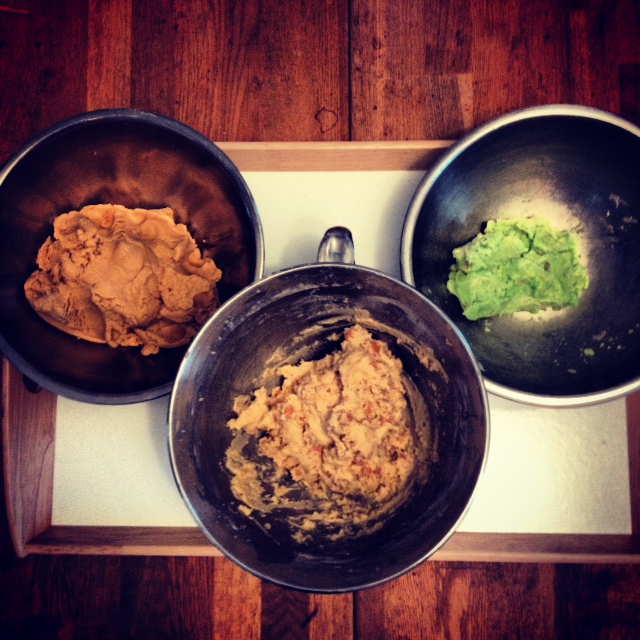
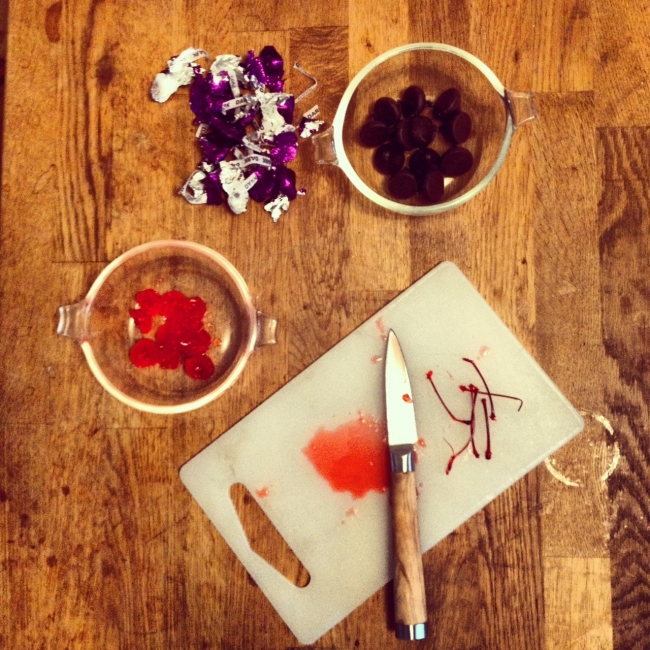
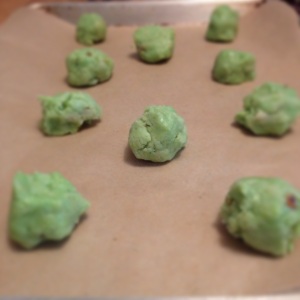
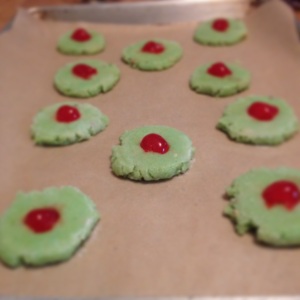
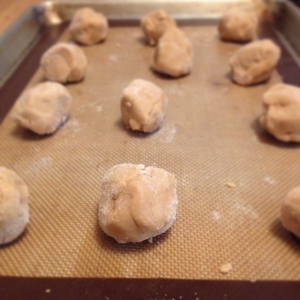
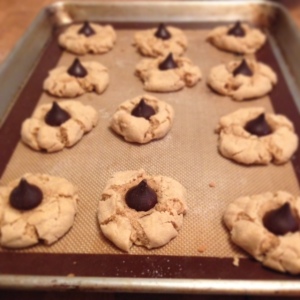
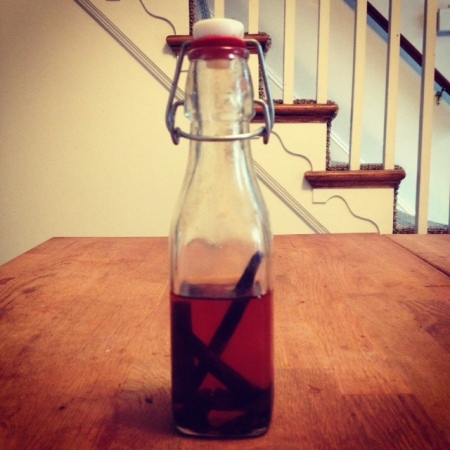


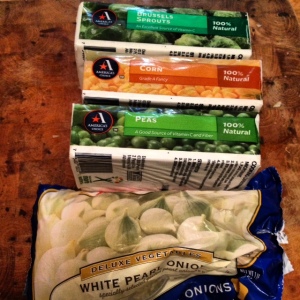

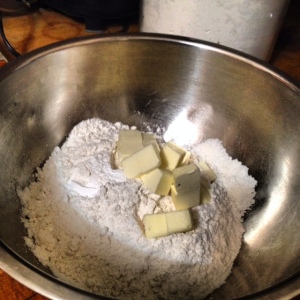
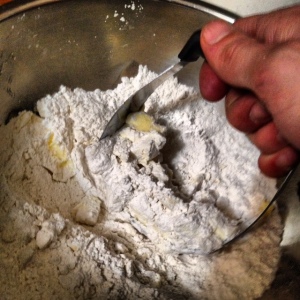
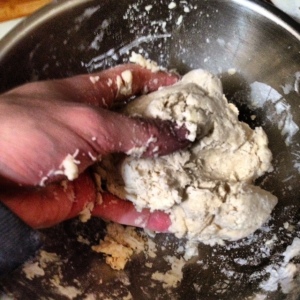
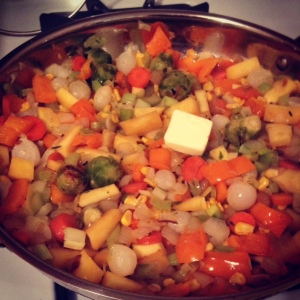
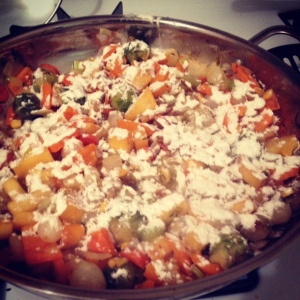
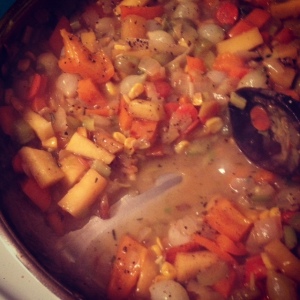
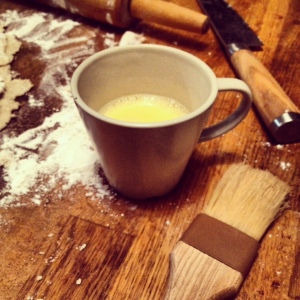
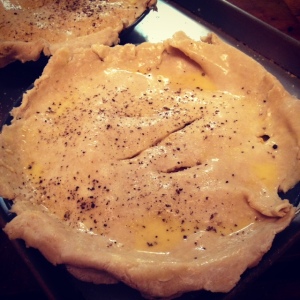
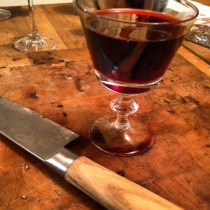
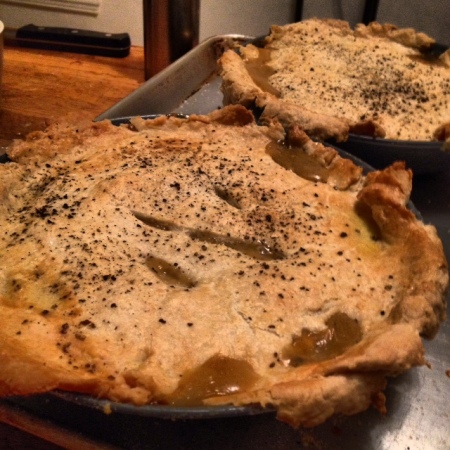
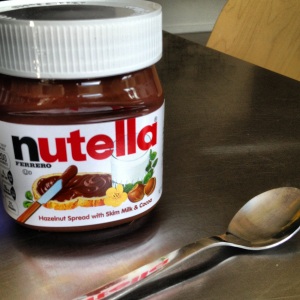
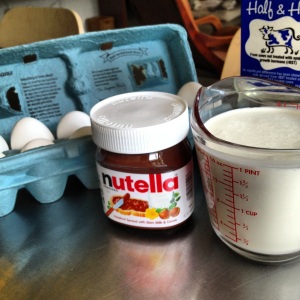
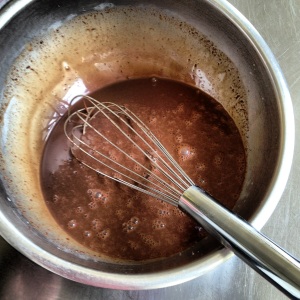

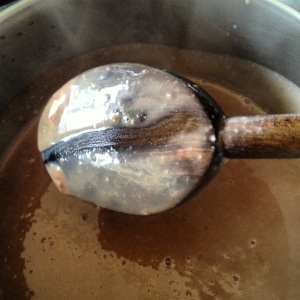
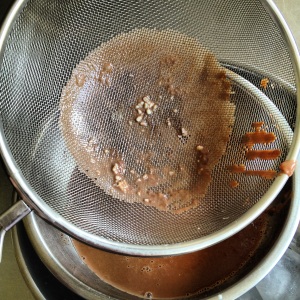
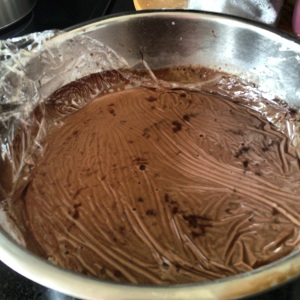


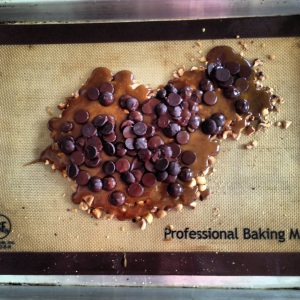

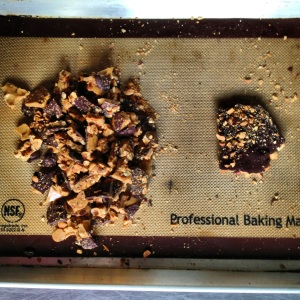
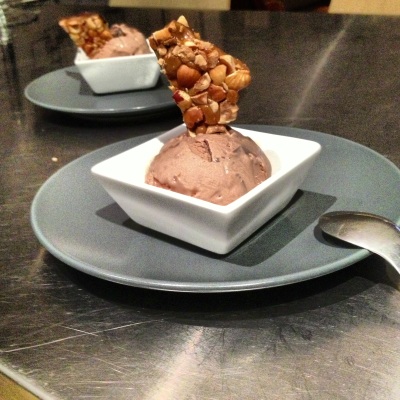

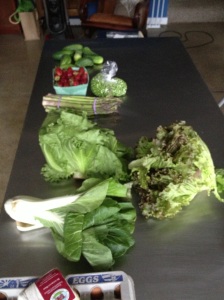
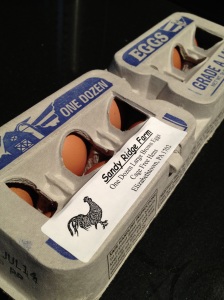
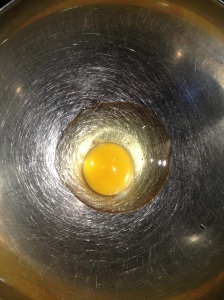
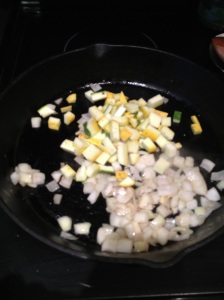
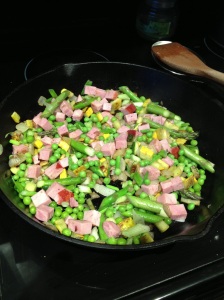
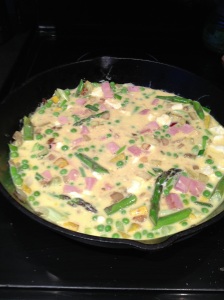
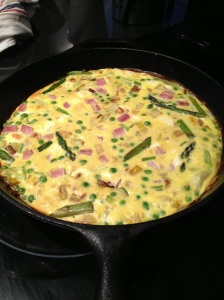

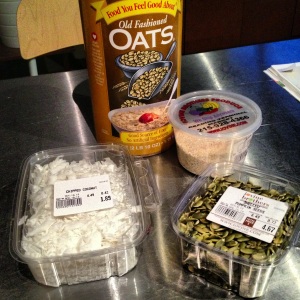
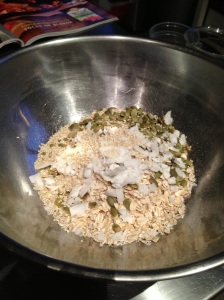
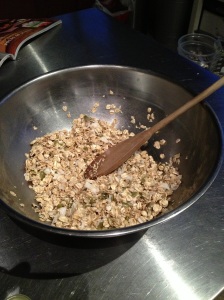
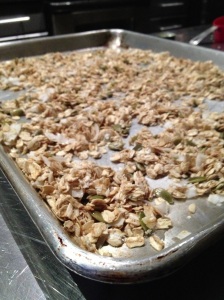
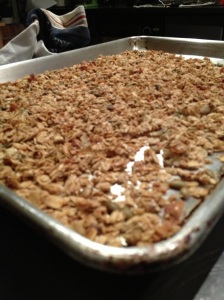
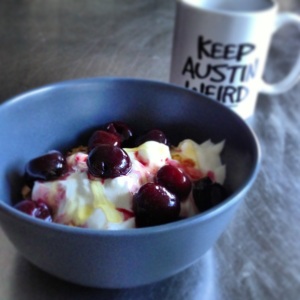

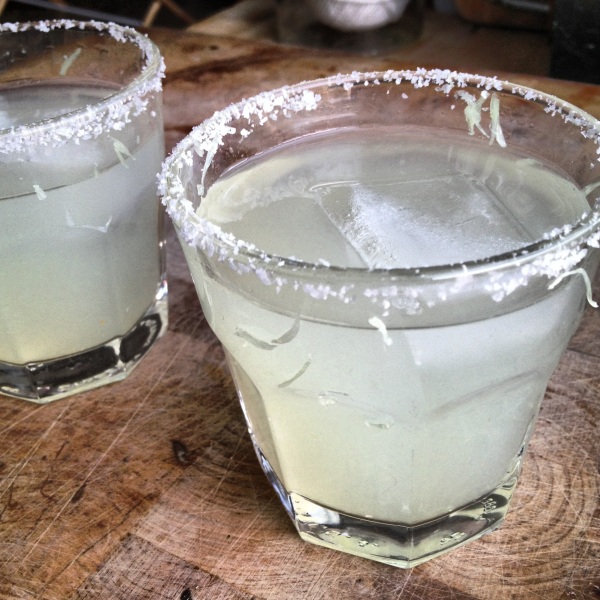

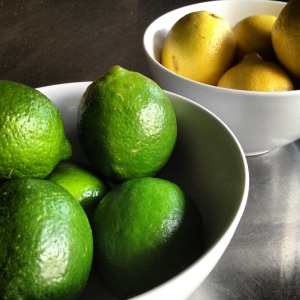
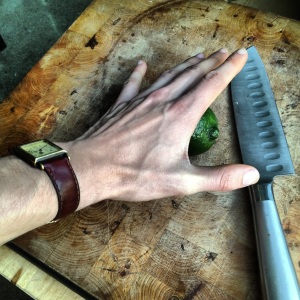
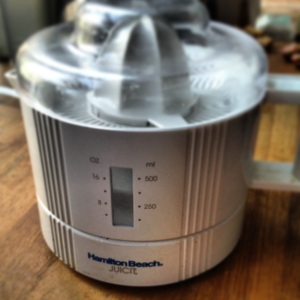
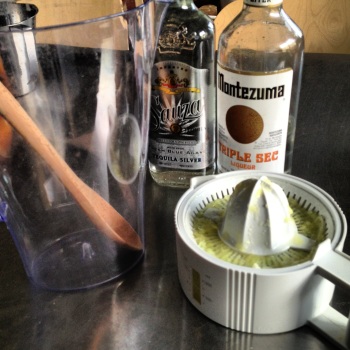
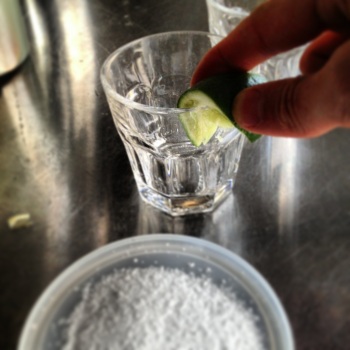
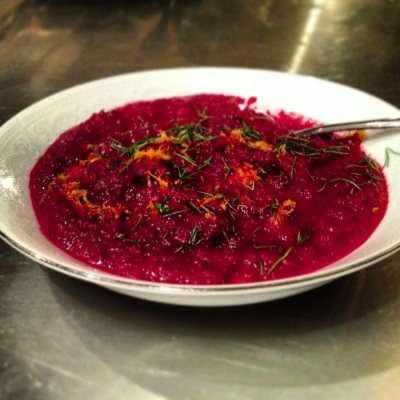 I am always excited at the beginning of each season to begin cooking with the produce that is only available at that particular time of year. There are, however, always a few items from the previous season that I am not quick to give up. As we make the official don’t-look-back transition from winter to spring, I am excited about all things fresh and green, but I am having a hard time letting go of root vegetables. A simple tray of roasted root vegetables is a welcome part of dinner any night of the week: it’s tasty and takes virtually no effort and few ingredients. This winter, we experimented a lot with these uglies in other preparations as well.
I am always excited at the beginning of each season to begin cooking with the produce that is only available at that particular time of year. There are, however, always a few items from the previous season that I am not quick to give up. As we make the official don’t-look-back transition from winter to spring, I am excited about all things fresh and green, but I am having a hard time letting go of root vegetables. A simple tray of roasted root vegetables is a welcome part of dinner any night of the week: it’s tasty and takes virtually no effort and few ingredients. This winter, we experimented a lot with these uglies in other preparations as well.